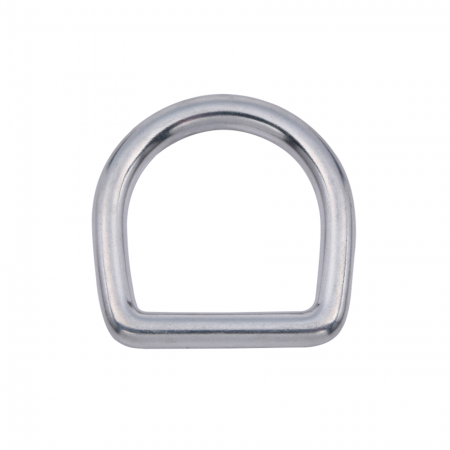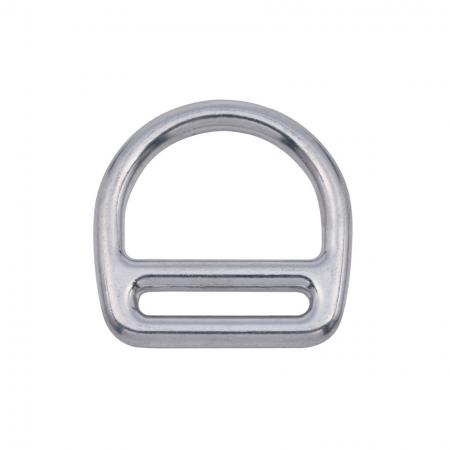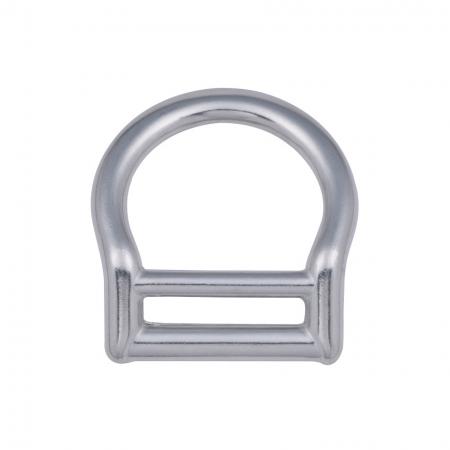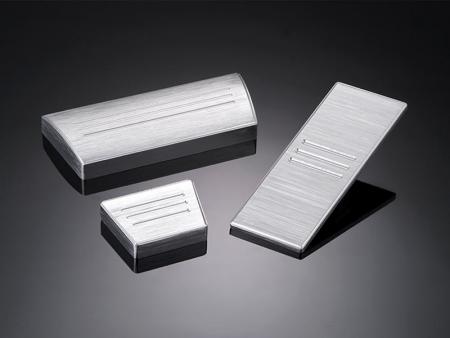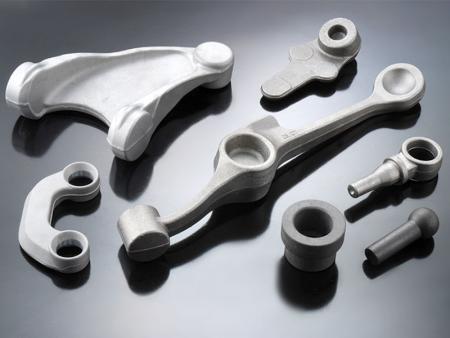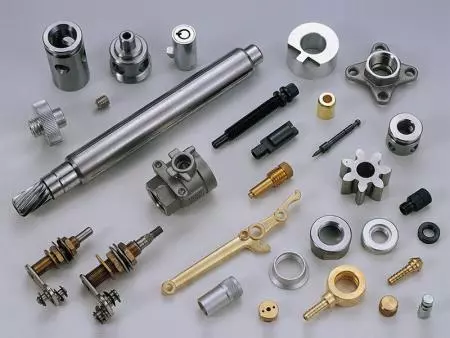Forging
Pan Taiwan is a leading forging manufacturer with decades of experience supplying precision‑engineered...
Seatpost Forged
Forged seatpost is produced by forging. It is made of AL6061 which is widely used in bicycle...
2-Bolt Seatpost
Forged seatpost has special front-rear 2-bolt design. The front-rear bolt is out of the arc head's...
2-Bolt Seatpost
Forged seatpost has special front-rear 2-bolt design. The front-rear bolt is out of the arc head's...
2-Bolt Seatpost (Lateral Tighten System)
Forged seatpost has special lateral tighten system which fastens the saddle in a parallelway....
Aluminum Hardware D Ring
Aluminum Hardware D Ring is made of aluminum alloy to achieve great durablility and lightweight....
Aluminum Hardware D Ring
BS05002 is made of aluminum alloy to achieve great durablility and lightweight. The D ring...
Aluminum Hardware D Ring
BS05003 is made of aluminum alloy to achieve great durablility and lightweight. The D ring...
Turning & Milling Parts
Pan Taiwan is specialized in making Turned / Milled parts according to customers' designs.The...
Hot Forging
Hot forging is a precision forming process where metal is shaped under intense heat, typically...
Cold Forging
Cold forging is a precision metal forming process performed at or near room temperature. It involves...

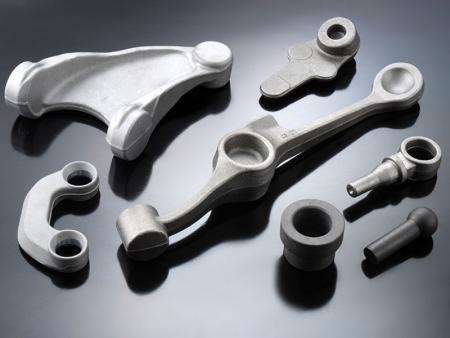
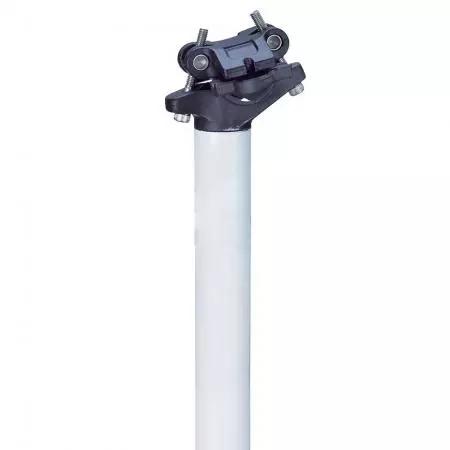
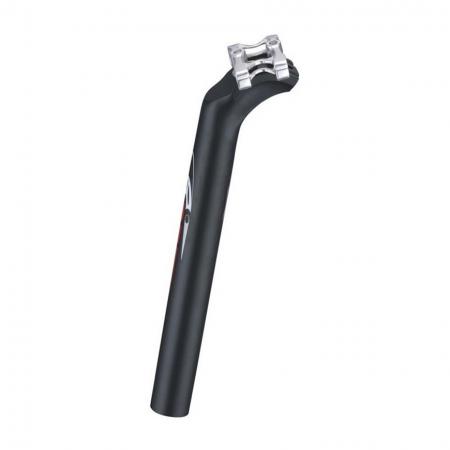
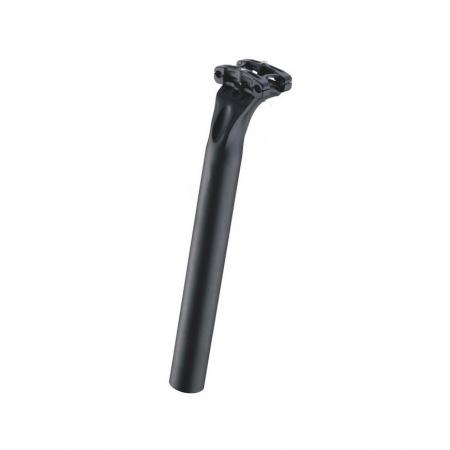
.jpg?v=d7e04976)
